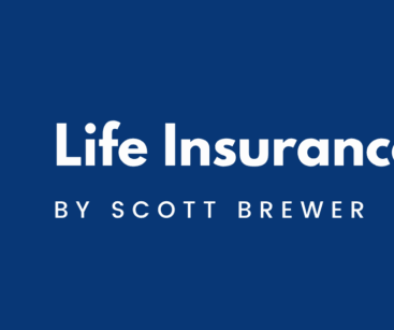Determining the Correct Amount of Life Insurance
Determining the correct amount of life insurance is a crucial responsibility for insurance agents. As an agent, your goal is to ensure clients have adequate coverage to protect their loved ones financially in the event of their passing. Here’s a guide to help you navigate this process effectively.
Assessing Client Needs
When determining the appropriate amount of life insurance, agents should consider several key factors:
Income Replacement
A common rule of thumb is to recommend coverage that’s 10 to 15 times the client’s annual income. This approach aims to replace the policyholder’s income for a significant period, allowing their family to maintain their standard of living.
Debt and Financial Obligations
Evaluate the client’s outstanding debts, including mortgages, car loans, credit card balances, and student loans. The policy should be sufficient to cover these obligations, preventing the family from inheriting burdensome debt.
Future Expenses
Consider future financial needs, such as children’s education costs. Adding $100,000 to $150,000 per child for college expenses is a prudent approach.
Family Size and Dependents
The number and age of dependents significantly impact the required coverage. Younger children typically necessitate more substantial coverage to support them into adulthood.
Calculation Methods
Agents can employ various methods to estimate the appropriate coverage amount:
Human Life Value Method
This approach considers the client’s lifetime income potential. For ages 18-40, multiply annual income by 30; for 41-50, by 20; for 51-60, by 15; and for 61-65, by 10. After 65, base coverage on net worth rather than income.
Years-Until-Retirement Method
Multiply the client’s annual salary by the number of years until retirement. For instance, a 40-year-old earning $20,000 annually would need $500,000 in coverage to reach age 65.
DIME Formula
Consider Debt, Income, Mortgage, and Education expenses to arrive at a comprehensive coverage amount.
Factors Affecting Premiums
While determining coverage, agents should also be aware of factors that influence premium costs:
Age and Gender
Younger clients and females generally receive lower rates due to longer life expectancies.
Health and Family History
Current health status, pre-existing conditions, and family medical history significantly impact premiums.
Lifestyle and Occupation
Risky hobbies, tobacco use, and hazardous occupations can lead to higher premiums.
Tailoring Recommendations
Remember that each client’s situation is unique. While general guidelines are helpful, it’s essential to:
- Conduct a thorough financial analysis of the client’s situation.
- Consider the client’s budget and ability to pay premiums.
- Explain different policy types (term vs. permanent) and their implications.
- Discuss additional riders that may enhance coverage.
Conclusion
As an agent, your role is to guide clients towards a life insurance solution that provides adequate protection without overextending their finances. By considering multiple factors and using various calculation methods, you can confidently recommend an appropriate coverage amount tailored to each client’s unique circumstances.
Here at Producer’s XL, we are committed to helping you with all of your client’s needs, so please let us know if you have any questions. As always, thank you for the business.




